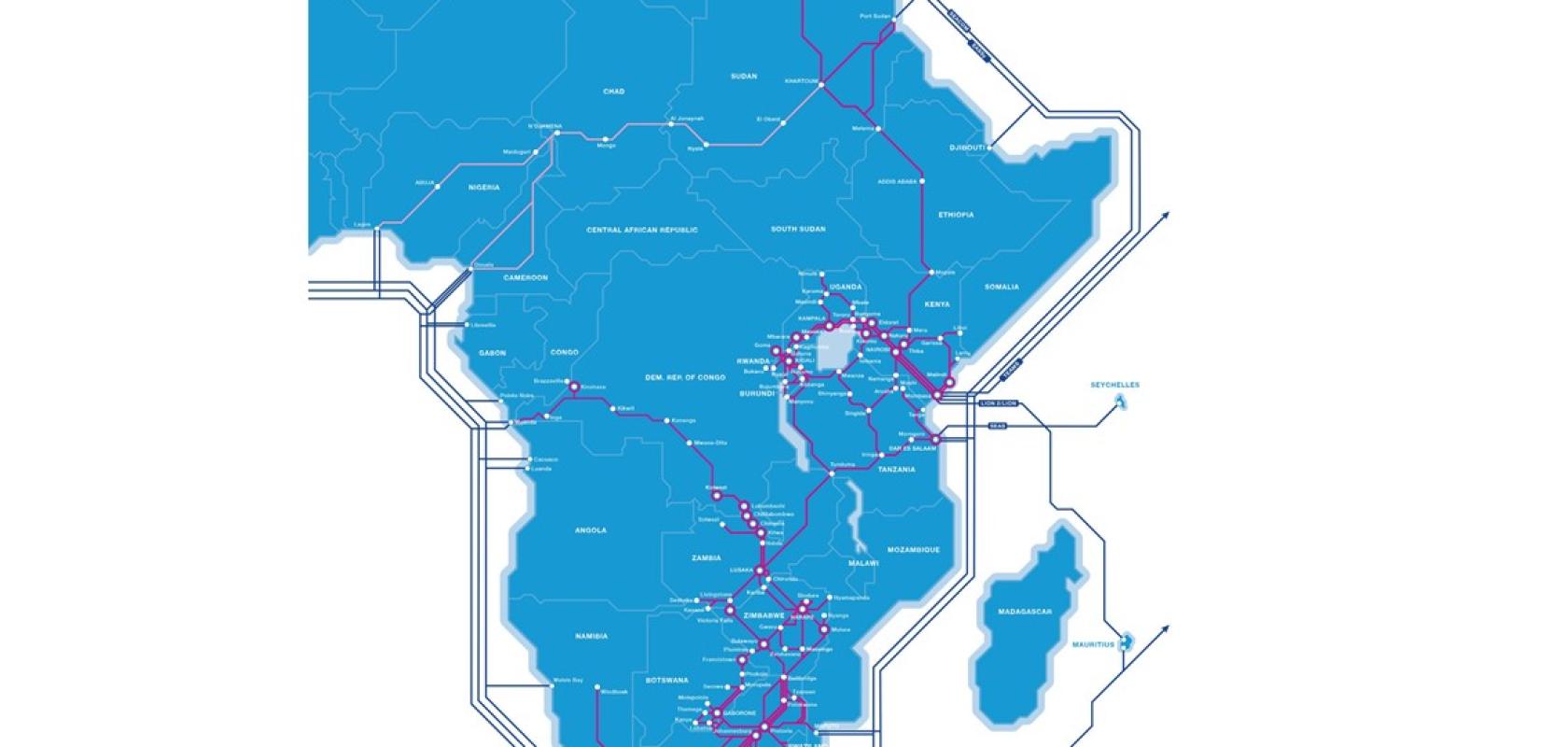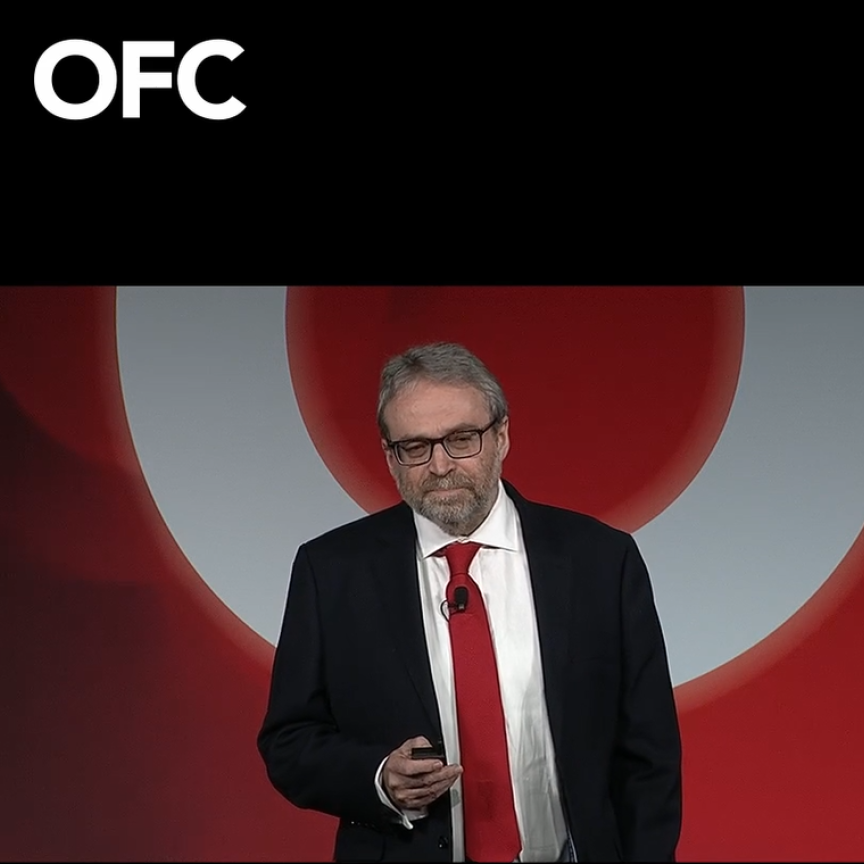Liquid Telecom Kenya has chosen Nokia to help upgrade its existing fibre network in order to support OTN/DWDM technology with an initial network capacity of 500G.
The work is designed to create a faster and more reliable connection along the route from the Indian Ocean to data centres in Kenya, Uganda, Rwanda and neighbouring countries. The network will support high-capacity connections from the submarine landing stations in Mombasa, Kenya, to major data centres in Nairobi, Kenya, Uganda and Rwanda, as well as surrounding markets. Liquid Telecom will connect through its network with nearly every country that borders Kenya whilst also providing an alternate fibre route to submarine for other landlocked countries such as Ethiopia, Rwanda and DR-Congo.
Powered by the Nokia 1830 Photonic Service Switch (PSS), the upgrade is designed to allow the provider to meet growing demand from its carrier, mobile operator and internet service provider (CSP/ISP) customers for higher-capacity inter-networking services. Nokia's DWDM and OTN technologies were selected for increased capacity and bandwidth, and the ability to support long distances. This allows Liquid Telecom to reuse its existing DWDM infrastructure, which reduces its capital expenditures.
Ben Roberts, CTO, Liquid Telecom, said: ‘We believe that every individual on the African continent has the right to be connected. This is the vision that has been driving our network expansion across Africa. This comes at a time when more mobile operators are planning to increase their backbone bandwidth as they prepare for 5G which is driving the demand for high speed city to city internet links.’
Daniel Jaeger, head of the Central, East and West Africa Market Unit at Nokia, added: ‘This network will be an important, additional backbone network with Nokia technology across Africa.’
Deployment began in October 2018, and is expected to provide enhanced services to thousands of corporate customers and FTTH users.


